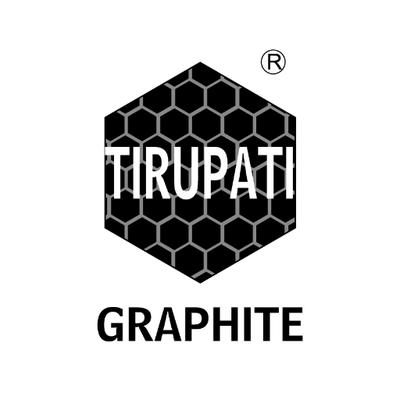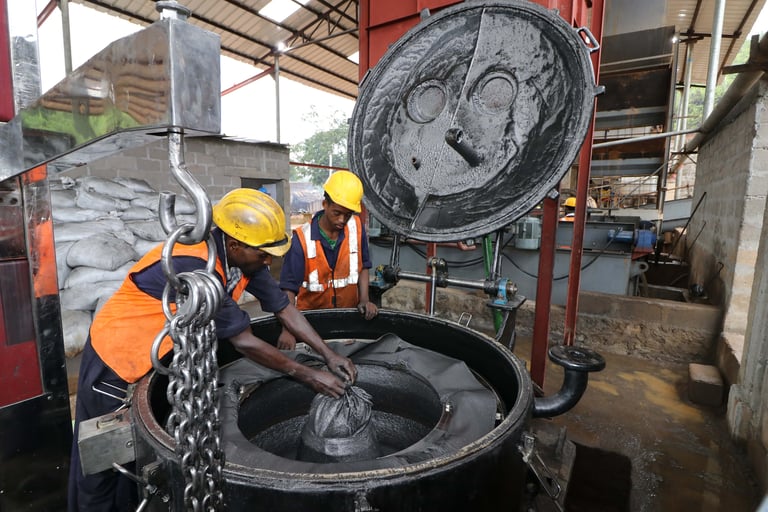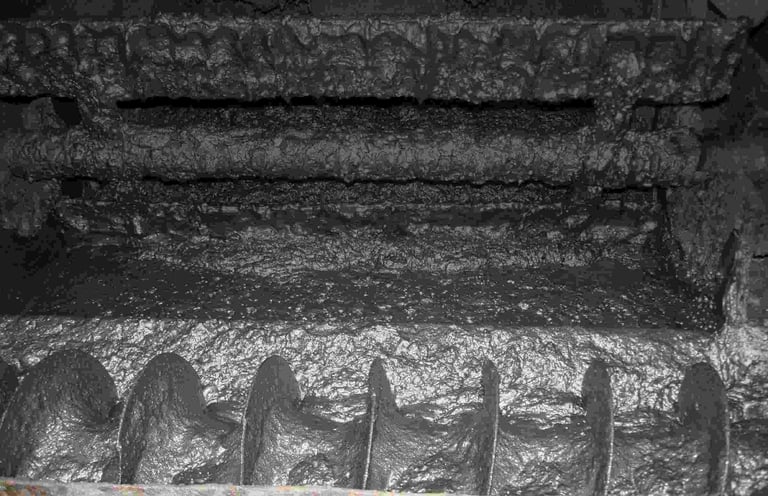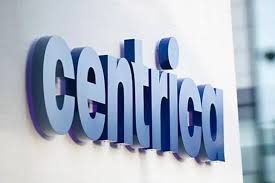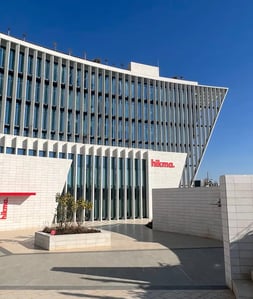A revolution in materials science is quietly gaining pace, and its impact on global industries could be profound. Graphene-infused aluminium composites are not only redefining the limits of strength and conductivity—they are positioning a lightweight, cost-effective material as a genuine contender to replace copper in critical applications. At the heart of this transformation is Tirupati Graphite, a UK company unlocking the next chapter in advanced materials engineering.
Graphene is renowned for being one of the strongest and most conductive materials ever discovered, despite its astonishing thinness—just one atom thick. When integrated into aluminium, a metal already prized for its lightness and corrosion resistance, the result is a hybrid composite that elevates aluminium’s core characteristics to an entirely new tier. This advanced aluminium-graphene material retains the familiar ease of handling and affordability of aluminium while displaying a leap in mechanical strength and electrical conductivity.
Tirupati Graphite’s breakthrough in developing and testing its graphene-aluminium (Al-Gr) composite has captured industry attention for good reason. The company’s results show performance metrics that rival and even exceed those of copper in certain applications. That’s not a marginal gain—it’s a structural shift. Copper has long been the gold standard for electrical systems, but it comes with weight and cost burdens. A viable aluminium-based replacement opens the door to massive efficiency gains and material savings.
Applications span a broad landscape. In electric vehicles (EVs), where weight is a critical determinant of range and efficiency, replacing copper busbars and cables with Al-Gr composites could yield immediate benefits. The same goes for power infrastructure, where high conductivity at lower weights can ease installation and reduce lifetime costs. Electronics cooling, industrial heat exchangers, and high-performance aerospace systems are all potential beneficiaries of this material evolution.
What makes this development especially compelling for investors is the scale of its addressable market. Copper demand is soaring globally, pushed by the clean energy transition and growing electrification. But supply constraints and cost volatility pose challenges. If Al-Gr composites can offer a performance-aligned alternative at lower weight and cost, adoption could be swift and widespread—particularly in sectors already under pressure to innovate and streamline.
Tirupati Graphite stands out not only for its technical achievement but also for its vertical integration. With operational assets in Madagascar and a focus on sustainable production, the company is positioning itself as a strategic supplier of next-generation graphite materials, including those used to produce graphene. This positions Tirupati as more than a materials developer—it is an emerging force in the global energy transition supply chain.
Tirupati Graphite is advancing a next-gen aluminium composite that could disrupt copper’s long-held dominance in key industries. By fusing graphene with aluminium, they’re creating a material that’s lighter, stronger, and more conductive—exactly what modern technologies demand.
Tirupati Graphite PLC (LON:TGR) is a fully integrated specialist graphite and graphene producer, with operations in Madagascar and Mozambique. The Company is delivering on this strategy by being fully integrated from mine to graphene. Its global multi-location operations include primary mining and processing in Madagascar, hi-tech graphite processing in India to produce specialty graphite, and a state-of-art graphene and technology R&D center to be established in India.


